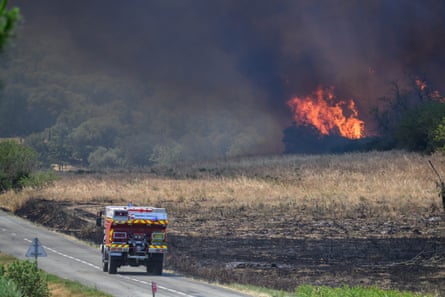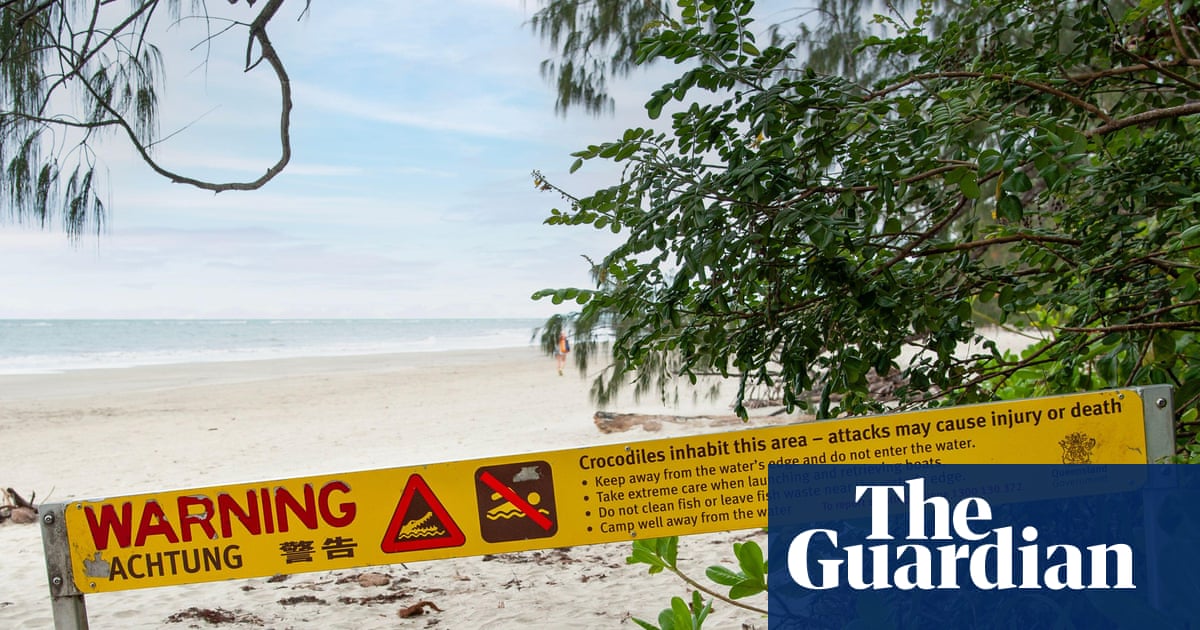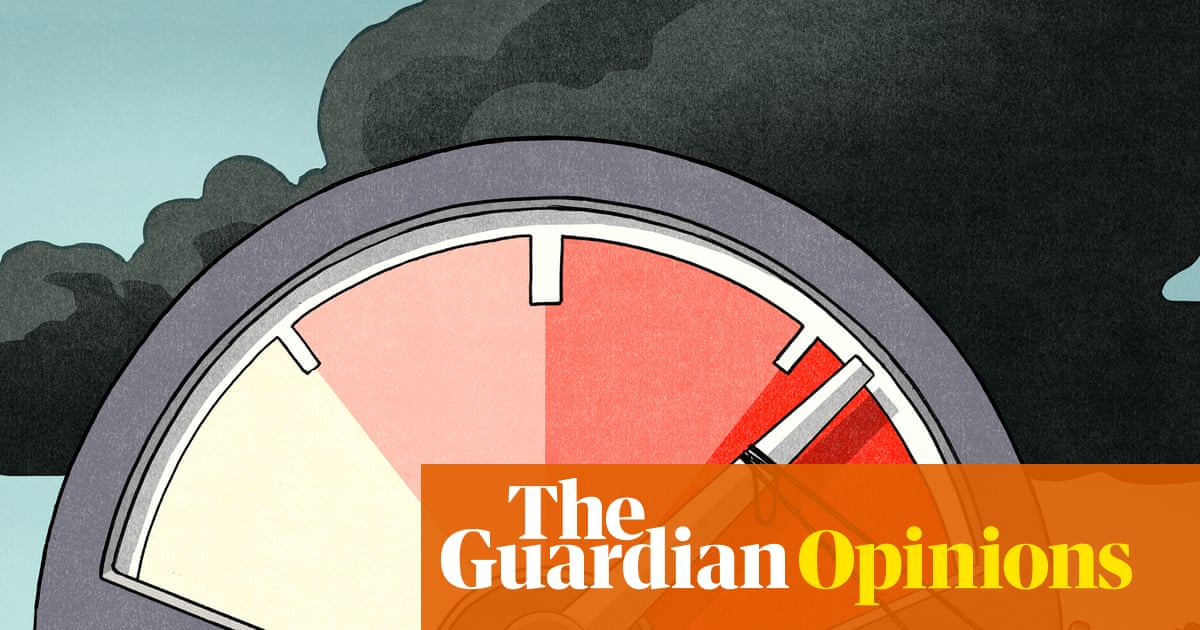A vicious heatwave has engulfed southern Europe, with punishing temperatures that have reached highs of 46C (114.8F) in Spain and placed almost the entirety of mainland France under alert.
Extreme heat, made stronger by fossil fuel pollution, has for several days scorched Portugal, Spain, France, Italy and Greece as southern Europe endures its first major heatwave of the summer.
The high temperatures have prompted the authorities in several countries to issue new health warnings and scramble firefighters to prevent wildfires from breaking out. More than 50,000 people in Turkey have been evacuated from their homes due to forest fires, according to the interior ministry’s disaster and emergency management authority.
António Guterres, the UN secretary general, said at a development conference in Seville on Monday: “Extreme heat is no longer a rare event – it has become the new normal.”
The southern Spanish city is forecast to roast in more than 40C heat for the next three days and face night-time temperatures of at least 25C until Thursday morning. Doctors have expressed alarm at the combination of hot days and uncomfortably warm nights, which can place a lethal stress on the human body.
In Italy, where 21 out of 27 cities were placed on the highest heat alert on Sunday, hospital admissions in some of the hottest regions – such as Tuscany – are up 20%. People have been advised not to venture outside between 11am and 6pm.
In France, heat warnings covered nearly the entire mainland for the first time in history. Météo-France has placed 88% of administrative areas under the second-highest orange heat alerts. “This is unprecedented,” said the ecology minister, Agnès Pannier-Runacher.

The French government asked businesses to adapt staff hours to protect workers from the heat, and 200 public schools are to be partly or totally closed on Monday and Tuesday. The first fire of the summer broke out in France in the south-west of the country at the weekend, burning 400 hectares and leading to the precautionary evacuation of more than 100 people from their homes.
In Spain, which has had the worst of the weather, a June temperature record of 46C was set on Saturday afternoon in El Granado, in the Andalucían province of Huelva. The highest temperature previously recorded for June was 45.2C logged in Seville in 1965.
Sunday was the hottest 29 June in Spain on record, according to records from Aemet, the Spanish meteorological agency, that stretch back to 1950. The heat is expected to last till Thursday.
In Portugal, where seven of 18 regions are under red warnings of “extreme risk”, meteorologists expect the weather to cool down on Wednesday night.
Countries farther north are also in danger. The German weather service has said heat and dry weather are stoking the risk of forest fires, with some cities imposing limits on water extraction as temperatures in parts of the country approach 40C by Wednesday.
In Brandenburg, the state surrounding Berlin, the government has urged employers to take the danger to their staff into account. “Companies are bound by heat protection rules at the workplace,” the regional health minister Britta Müller said, including maintaining an acceptable temperature indoors and guarding against excessive sun exposure.
The UK is projected to have temperatures of 34C in London and the south-east of England, with the Met Office warning that high temperatures and humid conditions will be “quite uncomfortable” for those working outside, as well as people leaving Glastonbury and attending the start of Wimbledon.
Radhika Khosla, an urban climatologist at the University of Oxford, said: “Populations in urban areas like London are particularly susceptible to extreme heat as the concrete and asphalt absorb and re-emit the sun’s radiation, amplifying its impact on our bodies. For this reason, outdoor workers are particularly at risk and should take regular breaks to hydrate in the shade.”
after newsletter promotion
The International Federation of Red Cross and Red Crescent Societies said its teams were supporting responders who were battling fires in Turkey, Greece and Norway. In other countries such as Spain, Italy and the UK, its volunteers were handing out water and checking in on vulnerable people.
Heat kills an estimated half a million people globally each year, with older people and those with chronic illness particularly vulnerable.
The extreme temperatures across Europe are a result of a heat dome that is trapping an area of high pressure and hot air – a phenomenon that is also currently scorching the US. It comes amid an ongoing marine heatwave that has left the Mediterranean 5C hotter than normal, according to data from the University of Maine’s climate change institute.
Dr Michael Byrne, a climate scientist at the University of St Andrews, said heat domes were nothing new but the temperatures they delivered were. “Europe is more than 2C warmer than in preindustrial times, so when a heat dome occurs it drives a hotter heatwave,” he said.
Doctors across the continent warned people to take extra care in the hot weather, encouraging them to stay out of the heat, drink lots of water, wear loose clothing and check in on vulnerable neighbours.
Researchers estimate that dangerous temperatures in Europe will kill 8,000 to 80,000 more people by the end of the century, as the lives lost to stronger heat outpace those saved from milder cold.
“The planet is getting hotter and more dangerous,” said Guterres, who called for more action to stop climate change. “No country is immune.”
Additional reporting from Angelique Chrisafis in Paris, Angela Giuffrida in Rome and Deborah Cole in Berlin

 3 months ago
48
3 months ago
48

















































